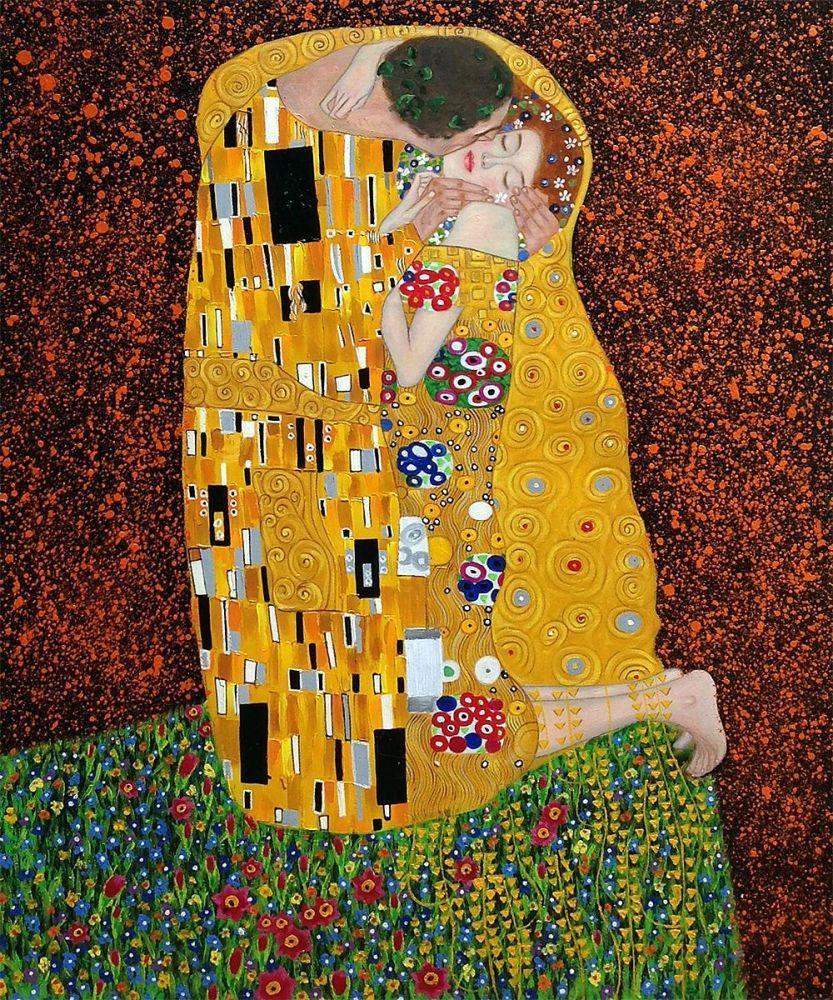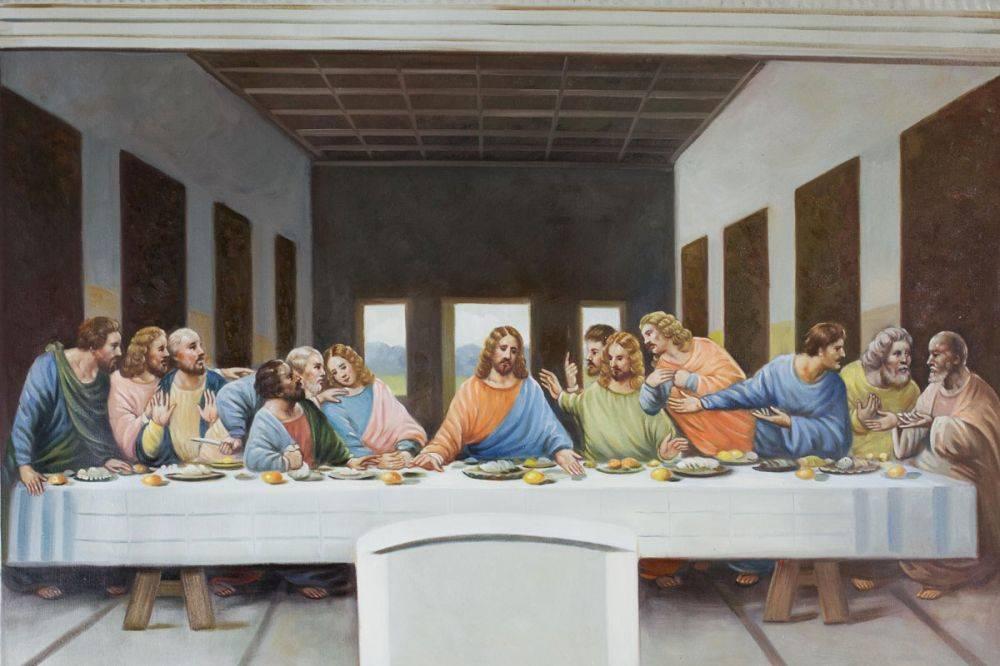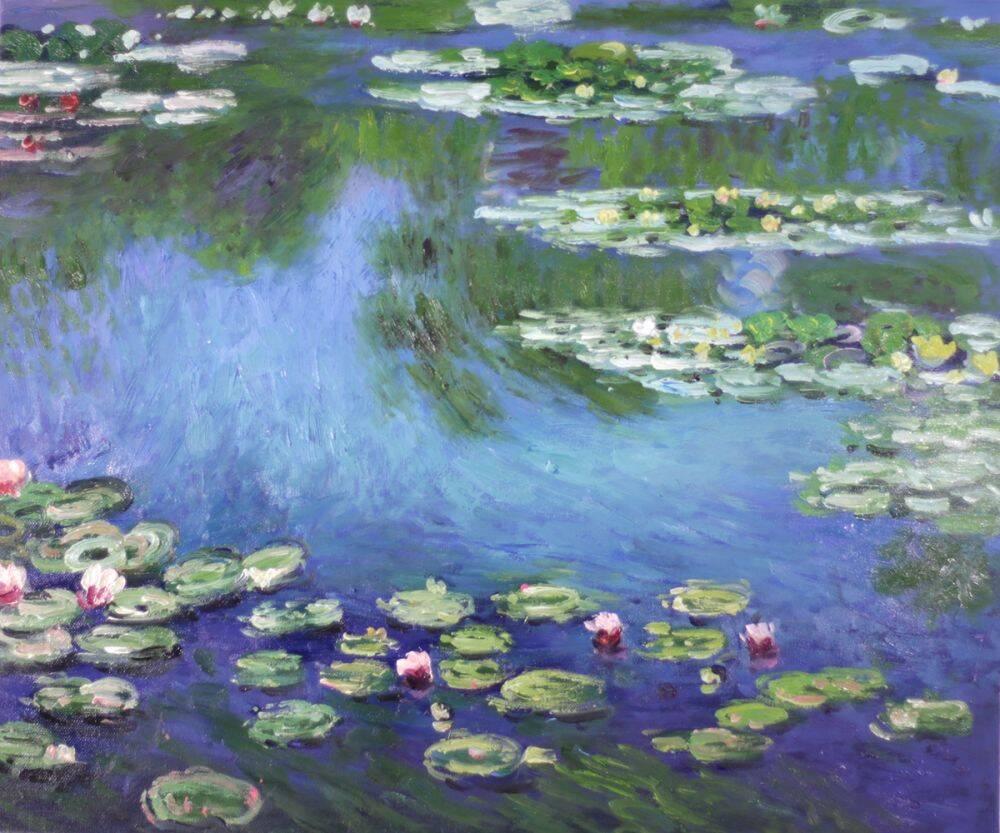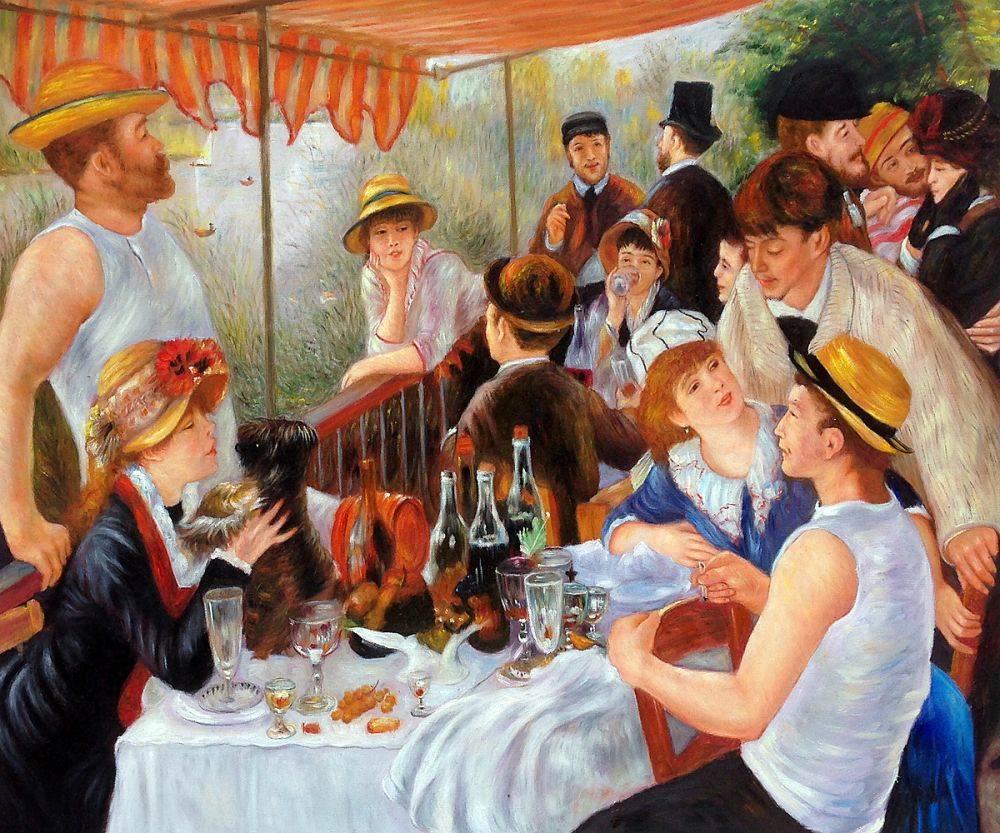Art
George Wesley Bellows’ Dempsey and Firpo Boxing Fight Art
American artist George Wesley Bellows (1882 – 1925) is known for his portrayal of powerful moments in sports history, among landscapes and lithographs. Dempsey and Firpo (1924) is a favorite of American boxing fans and art fans alike.
Dempsey had been quite an unpopular champion during the first few years of his reign. He avoided service in World War I. During those years he worked in mines and was fighting bar fights for a pass-the-hat kind of prize. Dempsey was favored to lose most fights by tight-fisted, ungenerous crowds.
However, Jack Dempsey was one of the greatest sports stars in American sports history, alongside Babe Ruth, Red “The Galloping Ghost” Grange, and Bobby Jones. From 1919 he seemed to secure that place in history when he won the heavyweight title in a victory over Jess Willard—a Kansas man who outweighed him by more than 70 pounds.
His career took him through to 1927 in his last fight where he lost to Gene Tunney when he attempted to regain his title. Historian Frederick Lewis Allen claims the American public had a fascination with the Dempsey-Tunney fights. Almost 105,000 attended the fight at Soldier Field in Chicago while millions listened on the radio. Notorious gangster Al Capone was said to have been in attendance.
The fight featured in the painting, Dempsey Vs. Firpo, which took place September 14, 1923, has been called “the most savage two rounds in boxing history.” Luis Angel Firpo, “the Wild Bull of the Pampas,” was favored in the fight in which Dempsey started to win over the American Public. Dempsey, who was 6-1 and weighed in at most 185 went up against a rather robust Argentinean, who was at least 6-3 and about 216. Firpo was tagged as “the heavyweight champion of South America.” Despite Firpo’s edge in height and weight, Dempsey was able to know him out cold after only two rounds of boxing.
You can watch part of the historic fight yourself:
George Wesley Bellows’ Portrayal of Dempsey Vs. Firpo
George Wesley Bellows began painting Dempsey and Firpo (1924) after the fight between the last few months of 1923 through the early part of 1924. Bellows is known to have rendered himself in the bottom left corner of the painting.
Fans of the fight and painting note that Firpo uses his left fist instead of his right to knock out Dempsey, even though in the fight itself it was Dempsey who knocked out Firpo in the second round with a right punch to the jaw.
Shortly after completing the painting, Bellows died of appendicitis at the age of forty-three, at the height of his artistic fame and ability. Dempsey and Firpo are said to hang across from the entrance of the Whitney Museum in Manhattan, New York, and have held this special place since the museum’s inauguration in 1931.




